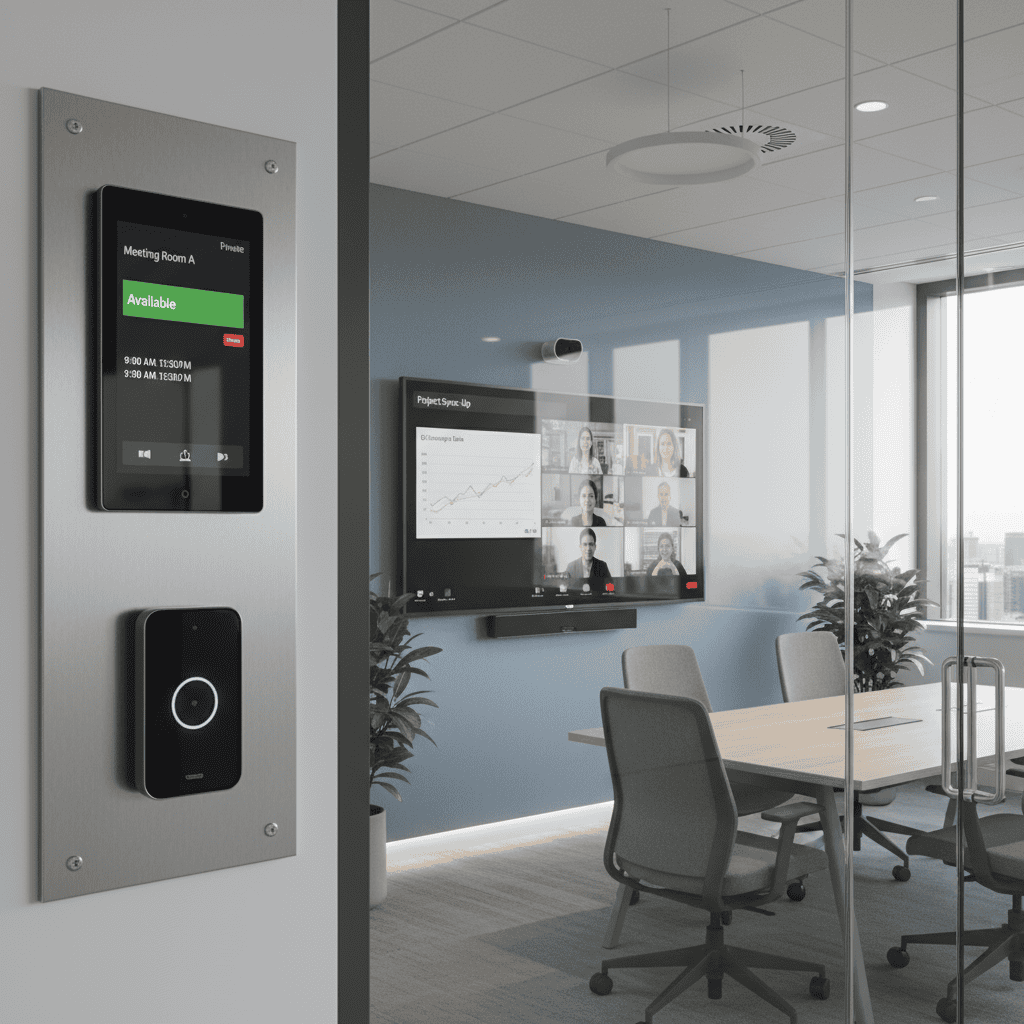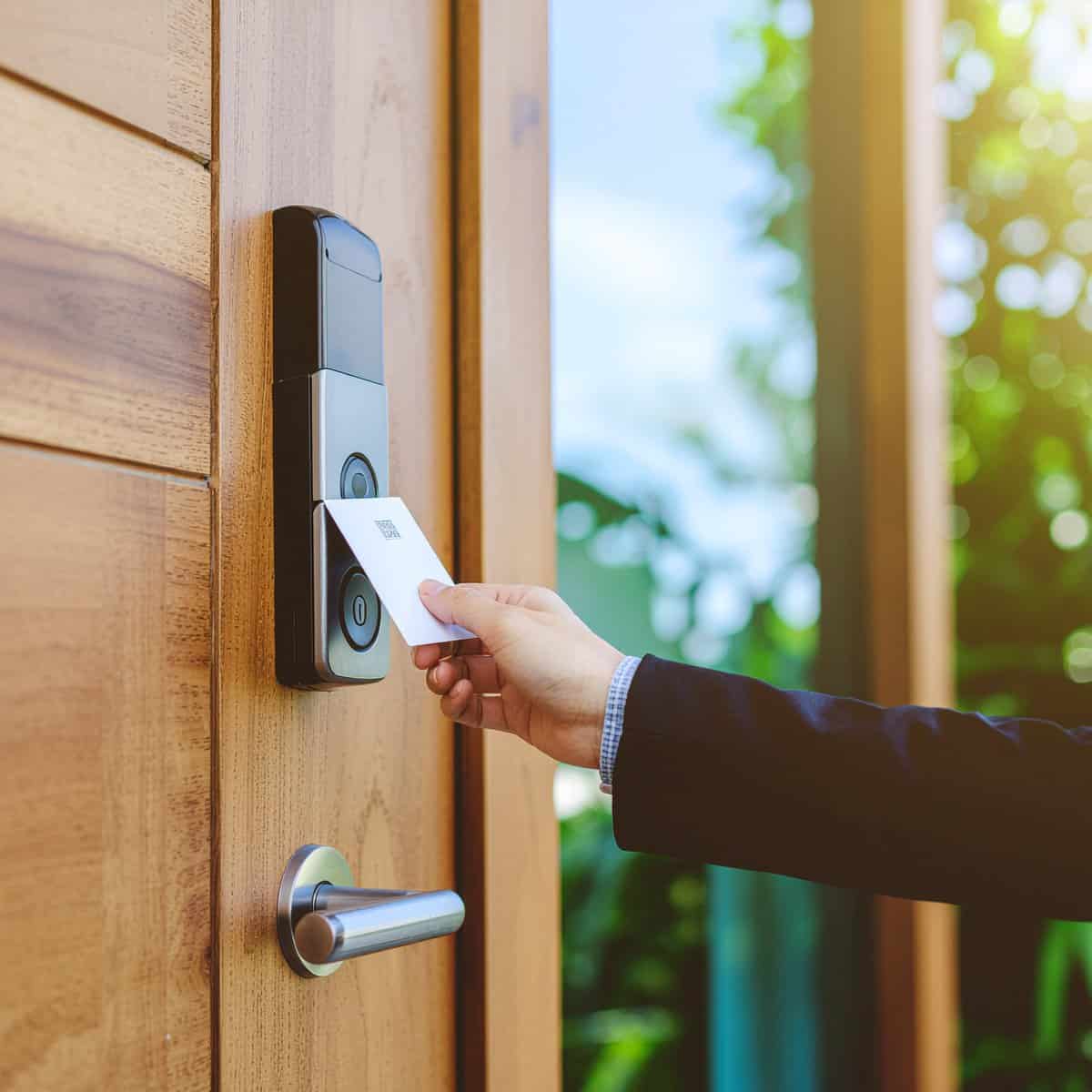Mastering Meeting Minutes: A Step-by-Step Guide

Meeting minutes are crucial for organizations that hold more efficient and effective meetings to accomplish all relevant organizational tasks. While it might not sound like a complex process, note-taking at meetings is integral to how successful the meeting is overall. Meeting minutes describe the written record of a company meeting, typically structured so they are easily sharable among team members following the meeting.
While meeting minutes don’t document a meeting word-for-word, they cover the essential points discussed in a specific gathering. This article will help you identify the importance of meeting minutes to prepare you for future note-taking and help you understand how to take effective notes during your next meeting. Let’s get started!
The Role of Meeting Minutes
The importance of meeting minutes cannot be overstated, and the concept holds numerous purposes within an organization. Meeting minutes serve as an objective, comprehensive record of what transpired during a specific meeting, documenting the topics discussed, critical decisions made, and actions assigned for a historical account of all business activities. Meeting minutes also facilitate effective communication and information sharing while serving as a reference point for attendees who need to recall specific details or understand the context of business discussions.
From a legal perspective, meeting minutes hold significant importance. Many organizations have legal requirements to maintain accurate and complete records of their meetings, as specific meeting minutes may need to be produced in legal proceedings or audits to demonstrate total compliance, transparency, and adherence to statutory requirements. In many cases, meeting minutes act as official evidence of the organization’s decision-making processes to protect against legal challenges that may arise in the future.
Numerous organizational benefits arise from maintaining well-documented meeting minutes. For instance, meeting minutes improve organizational accountability by outlining the responsibilities assigned to individual team members and ensuring that actions and decisions are traceable and can be followed up on effectively. By having a record of commitments made during a meeting, organizations can better hold individuals accountable for their tasks.
Preparing for Effective Minute-Taking
Pre-meeting preparations are critical for effective minute-taking during a meeting. Before the meeting, familiarize yourself with the minute-taking process and your organization’s specific requirements, such as the format and style expected for the minutes and any relevant terminology that might be used during the meeting. Review previous meeting minutes to understand the structure and expectations of your notetaking abilities.
Understanding the meeting agenda is also crucial when improving your meeting minute-taking capabilities. Obtain a copy of the meeting agenda in advance to grasp the primary topics, discussion points, and anticipated outcomes of the meeting, as this understanding will help you follow the proper meeting flow and capture essential points accurately. Note-takers also use practical minute-taking tools and resources necessary for effective meeting minutes, such as a notepad or laptop for notetaking, a reliable recording device if permitted, and other tools and software within an organization that is readily available.
Before the meeting commences, create a structured meeting template with sections for relevant details, such as the date, time, location, attendees, and agenda items for a specific meeting. A consistent template streamlines the minute-taking process to ensure no critical information is overlooked during the meeting.
Techniques for Active Listening
Active listening is a crucial skill that anyone wondering how to take meeting minutes must develop before taking on the responsibility of this position. Active listening requires you to be present and engaged in the meeting while capturing important points accurately and actively processing the information being shared.
However, active listening isn’t always as simple as it sounds. Here are some crucial note-taking techniques to promote active listening and enhance your minute-taking skills:
- Be attentive: maintain a focused mindset throughout the meeting, avoiding distractions like checking emails or engaging in side conversations. Maintain eye contact with the speaker and be genuinely interested in what they are saying. Remaining fully present and engaged ensures that you can better capture key points.
- Listen for main ideas and points: focus on capturing the critical points discussed in a meeting, identifying the central themes, decisions, and action items that arise rather than transcribing every word verbatim.
- Keep notes concise: have note-taking techniques that work for you, such as specific abbreviations, symbols, or shorthand, to capture information efficiently. List keywords, phrases, and bullet points representing the main meeting ideas.
- Seek clarification: if you encounter ambiguous or unclear information during a meeting, ask for clarification to display your commitment to understanding the discussion completely and avoid potential meeting-minute inaccuracies.
- Reflect and review your notes: following the meeting, reflect on and review your notes, filling in missing information or clarifying specific unclear points to capture the flow of the meeting better.
Structuring and Formatting Meeting Minutes
Knowing how to properly organize meeting minutes is crucial for creating clear and concise records of what transpired during a meeting. Proper, consistent organization and formatting ensure that the minutes are easy to read and understand. Below are some ideas and formatting tips for structuring meeting minutes effectively:
- Use a header: begin all notes with a header including essential information, such as the name of the organization, meeting topic, date, time, and location.
- Have an attendees section: devise a section to list all attendees present at the meeting, and a separate section to note members who were unable to attend the meeting and the reason for their absence.
- Agenda review: include an outline of agenda items discussed during the meeting, using bullet points or lists to present items clearly for readers to follow along.
- Include a summary: for each agenda item, summarize the discussion points and decisions made to capture all of the main ideas, arguments, and conclusions reached during the meeting.
- Action items: have a section dedicated to documenting action items resulting from the meeting. List each item along with the responsible individual or team involved, the due date, and additional notes or dependencies to track progress.
- Make meeting minutes accessible and comprehensive: use formatting tips like a consistent and easy-to-read font, sections using headings and subheadings, bullet points and numbered lists when applicable, effective use of white space, tables and columns, and highlighting for important decisions and points.
Recording Key Details
Documenting discussions is crucial to record key details within a meeting effectively. When documenting discussions, pay close attention and actively listen to participants to capture the main points, arguments, and ideas shared within the meeting. Provide a balanced representation of the discussions to reflect different perspectives accurately.
Recording decisions is also crucial when considering the key details of a meeting–when important decisions are made during the meeting, ensure that everything is documented, including the specific decision details, the agreed-upon course of action, any conditions or constraints, and deadlines relevant to the decision.
Tracking action items is equally critical when recording the core details of a meeting. Identify and record tasks assigned to individuals or teams during a meeting, including specific details like the action item description, individual or team responsibility, the deadline, and other follow-up requirements to ensure everyone understands their responsibilities and can track progress effectively.
Tips for Efficient Minute-Taking
Minute-taking is challenging because of the fast-paced nature of this task, meaning that many people find efficient minute-taking stressful. However, with proper guidance and planning, individuals can master efficient minute-taking to document all relevant information without missing any major details. Consider the following tips for efficient minute-taking:
- Use shorthand techniques: using shorthand and abbreviations helps you keep up with the pace of the meeting. Develop a set of commonly-used symbols or abbreviations that you can quickly jot down to capture information quickly and keep up with the flow of the conversation. Ensure that your shorthand is clear and understandable when you review the minutes after the meeting.
- Summarize information: rather than transcribing every word spoken during the meeting, summarize the discussions, decisions, and action items while capturing the main points and key arguments to represent the conversation accurately.
- Remain objective and avoid personal bias: avoiding bias is crucial when taking efficient and accurate meeting minutes. Avoid injecting personal bias into the minutes document and stick to factual information, presenting the discussions and decisions as they occurred. This process ensures that the minutes are neutral, accurately representing the meeting for all stakeholders.
Reviewing and Proofreading Minutes
Before distributing meeting minutes, reviewing and proofreading your work is critical. This step ensures that documents are clear and accurate and effectively capture the essential information discussed during the meeting. Here are some key points for reviewing meeting minutes:
- Thoroughly read the minutes from start to finish when ensuring accuracy in your notes.
- Verify notes’ accuracy and completeness by cross-referencing with supporting documents to verify that all important points, decisions, and action items are correctly represented.
- Proofread minutes for grammar and spelling errors, correcting any typos, misspellings, or grammatical mistakes to maintain professionalism and enhance the overall quality of the minutes.
- Check for clarity and coherence by ensuring that sentences are well-constructed and the document flows logically. Eliminate ambiguity and confusion by rephrasing and providing additional context when necessary.
Sharing and Distributing Meeting Minutes
Circulating meeting minutes to attendees, stakeholders, and absentees is critical to maintain transparency and ensure that all critical parties understand the progress made within a meeting. Before sharing and distributing meeting minutes, complete the following:
- Determine the distribution list
- Choose the distribution method for sharing meeting minutes
- Maintain confidentiality agreements and protect sensitive information shared during the meeting
- Send meeting minutes with a cover email or message included
- Use clear and accessible file formats for all recipients
- Set clear expectations for review and follow-up
- Archive and maintain a centralized repository for storing meeting minutes
Best Practices for Long-Term Minute Storage
Managing meeting minutes in the long term is crucial for an effective system. Long-term minute storage is possible through some of the following methods:
- Establish a secure document management system
- Develop consistent naming conventions
- Categorize and archive minutes by creating a logical archiving minutes system based on relevant criteria like date, department, project, or meeting type
- Ensure regular system backups
- Apply document security measures to protect the confidentiality and integrity of meeting minutes
Conclusion
Meeting minutes are crucial for several reasons and critical to how effectively a business operates. Knowing the best practices for effective minute-taking ensures you take the best minutes possible and document everything necessary for specific meetings.
Mastering meeting productivity with meeting minutes is possible when combining minutes with guidance from the technology experts at i.e. Smart Systems. Find out more about i.e. Smart Systems today to find the best technology solutions for your organization and master the art of meeting minutes.
About i.e.Smart Systems
i.e.Smart Systems is a Houston, TX based technology integration partner that specializes in design and installation of audio/visual technology and structured cabling. For more than three decades, our team of in-house experts has partnered with business owners, architectural firms, general contractors, construction managers, real estate developers, and designers in the Houston market, to deliver reliable, scalable solutions that align with their unique goals.




